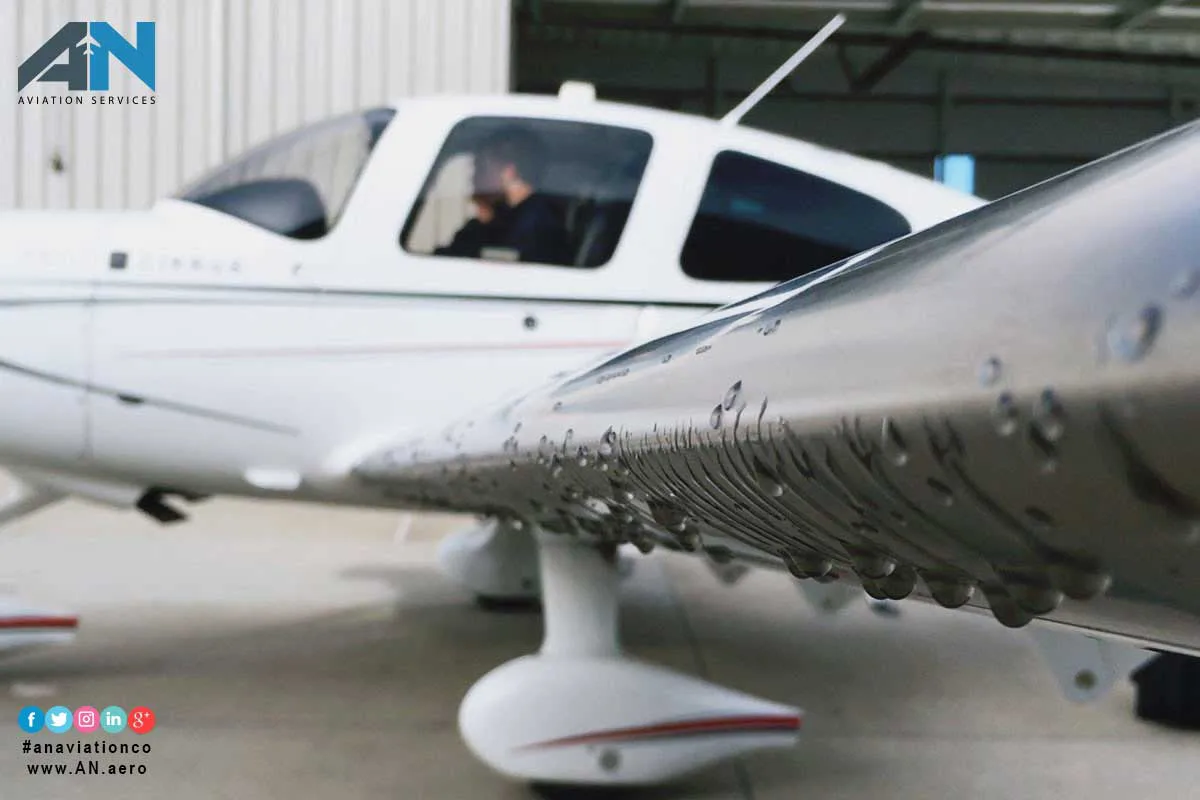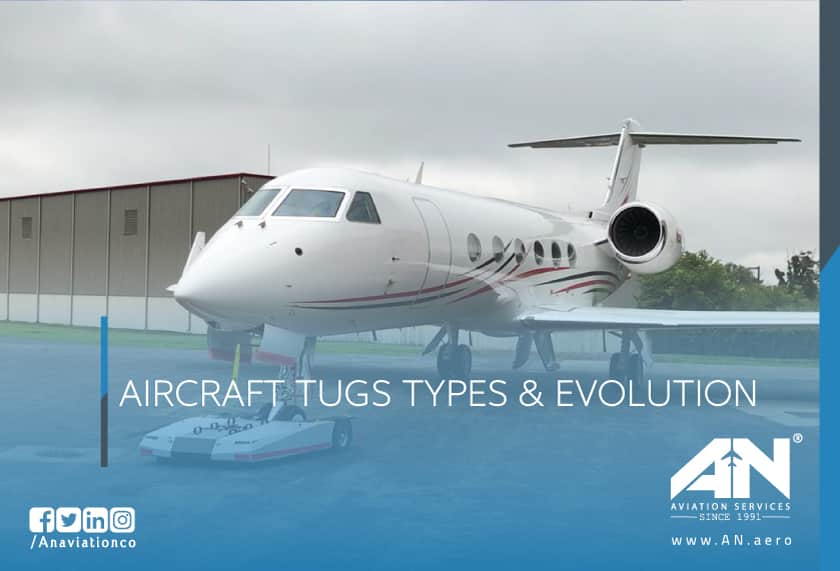
Modern aviation safety systems are designed with one primary goal: preventing accidents and ensuring the safe completion of flights. One of the most critical advancements in aviation technology is the Terrain Avoidance and Warning System (TAWS). This system has played a pivotal role in reducing Controlled Flight Into Terrain (CFIT) accidents, where an aircraft inadvertently collides with terrain despite being fully operational. In this blog, we’ll explore the intricacies of TAWS equipment, its functionality, and the different TAWS classes that serve both general aviation and air transport.
Understanding Terrain Avoidance and Warning Systems (TAWS)
A Terrain Avoidance and Warning System is an onboard safety mechanism designed to alert flight crews about potential terrain hazards. Using data from the aircraft’s altitude, speed, and position, as well as a preloaded airport database, TAWS provides real-time warnings to pilots about the proximity of terrain or obstacles. The system ensures that flight crews are aware of dangerous situations before they become critical, giving them ample time to take corrective actions.
One of the defining features of TAWS is its ability to prevent CFIT accidents. These types of accidents often occur when pilots lose situational awareness during poor weather, low visibility, or while navigating unfamiliar terrain. By providing timely alerts, TAWS ensures that aircraft maintain a safe distance from the ground, minimizing the risk of collisions.
How Does TAWS Work?
TAWS integrates various data inputs to generate accurate terrain awareness and warnings. Using enhanced ground proximity warning systems (GPWS) and ILS glideslope information, TAWS continually monitors the aircraft’s position relative to the terrain. If the system detects an imminent threat, such as an excessive rate of descent or proximity to terrain during a negative climb rate after takeoff, it issues both visual and audible alerts to the flight crew.
TAWS equipment also includes an airport database, which provides crucial information about the nearest runway elevation and terrain around airports. This functionality is especially beneficial during approach and landing, as it ensures the aircraft remains on a safe trajectory.
The system further incorporates warnings for specific flight scenarios, such as:
- Excessive closure rates to terrain, where the aircraft is approaching the ground at a dangerous speed.
- Descent below safe altitudes, such as during non-landing configurations.
- Situations where the aircraft deviates from standard approach procedures, such as descending below the ILS glideslope.
By addressing these scenarios, TAWS acts as a safeguard against common factors contributing to CFIT accidents.
Classes of TAWS Systems
TAWS equipment is divided into different classes, each tailored to meet the operational needs of specific aircraft types and aviation sectors. Let’s break down the three primary classes of TAWS:
1. Class A TAWS:
Class A systems are mandated for large commercial aircraft and are the most advanced form of terrain awareness and warning systems. These systems provide comprehensive terrain data, including detailed maps, real-time visual alerts, and predictive warnings.
Class A TAWS is specifically designed to meet the rigorous requirements of air transport operations, where passenger safety is paramount. Key features include:
- Predictive warnings for potential CFIT scenarios.
- Alerts for excessive descent rates and deviations from landing configurations.
- Integration with detailed terrain and obstacle databases.
2. Class B TAWS:
Class B systems are typically used in general aviation, where aircraft tend to be smaller and operate under different regulatory requirements. While less comprehensive than Class A, Class B TAWS still provides essential terrain awareness and warning capabilities, such as:
- Basic alerts for terrain proximity.
- Warnings for excessive descent rates and unsafe approach paths.
- Simplified integration with onboard systems.
Class B TAWS is especially beneficial for private aircraft and small business jets, providing a vital safety net for pilots operating in diverse environments.
3. Enhanced GPWS (EGPWS):
Enhanced Ground Proximity Warning Systems represent the foundation of modern TAWS technology. EGPWS systems incorporate data from GPS and terrain databases to provide predictive warnings and alerts. By improving upon traditional GPWS capabilities, EGPWS offers more accurate and reliable terrain avoidance.
Why Is TAWS Essential in Aviation?
The aviation industry has long recognized the critical role of terrain avoidance systems in preventing accidents and improving safety. Since the introduction of TAWS, the number of CFIT accidents has significantly declined, highlighting its effectiveness.
TAWS equipment provides several key advantages:
- Increased Situational Awareness: TAWS ensures that flight crews remain aware of the aircraft’s position relative to the terrain, even in low-visibility or nighttime conditions.
- Proactive Warnings: The system predicts potential hazards before they become critical, allowing pilots to make adjustments well in advance.
- Adaptability Across Aviation Sectors: Whether in general aviation or commercial air transport, TAWS can be customized to meet the needs of different types of aircraft and operations.
- Regulatory Compliance: Many aviation authorities, including the FAA, require TAWS installation on specific aircraft types to ensure compliance with safety standards.
Real-Life Applications of TAWS
TAWS has proven its effectiveness in both routine and emergency scenarios. For example:
- Commercial Aircraft: In high-density airspaces, Class A TAWS helps pilots maintain safe distances from terrain and obstacles during approaches to challenging airports.
- Military Aircraft: TAWS is also used in military aviation, where aircraft often operate in rugged environments with limited visual references.
- General Aviation: Pilots of smaller planes benefit from Class B TAWS, particularly when navigating unfamiliar regions or operating in adverse weather.
The Future of TAWS and Aviation Safety
As aviation technology continues to evolve, so does TAWS. Advancements in digital RLG (Ring Laser Gyroscope) and fiber optic gyro systems are further enhancing the accuracy of terrain awareness equipment. The integration of real-time data and machine learning algorithms promises to make TAWS even more reliable, ensuring that pilots can operate with greater confidence in all conditions.
Furthermore, efforts are underway to expand the use of TAWS in smaller aircraft categories, making this critical safety technology accessible to a broader range of pilots.
Conclusion
The Terrain Avoidance and Warning System (TAWS) has revolutionized aviation safety by addressing one of the most dangerous accident scenarios: CFIT. Through its predictive capabilities, advanced terrain databases, and tailored class structures, TAWS ensures that aircraft maintain safe distances from terrain, reducing risks for both pilots and passengers.
Whether you’re flying in a general aviation aircraft or a commercial airliner, TAWS remains a cornerstone of modern aviation safety, underscoring the industry’s commitment to innovation and accident prevention.
















